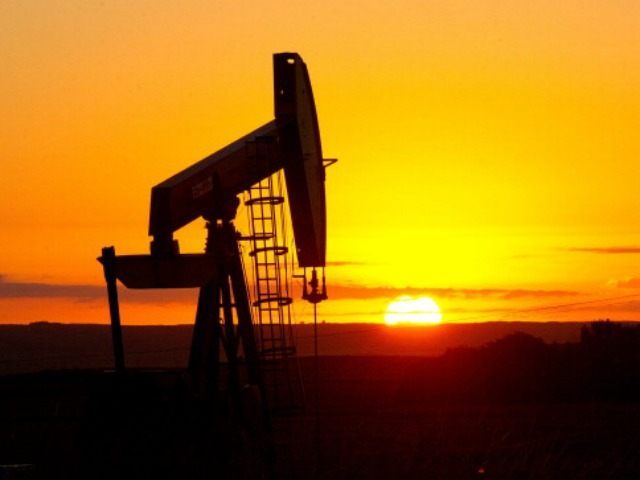The final version of the California Council on Science & Technology study required under interim approval of hydraulic fracturing in the Golden State reported July 9 that despite public concerns, there is no “science-based evidence” that fracking hurts the environment.
The report is a crushing blow to the California’s powerful environmental movement, which now appears to have failed to stop America’s next oil boom.
The California Council on Science & Technology, in collaboration with the Lawrence Berkeley National Laboratory, recently released its 858-page peer-reviewed independent scientific assessment produced for the California Natural Resources Agency. The study focused on “how hydraulic fracturing and acid well stimulation could affect water, atmosphere, seismic activity, wildlife and vegetation, and human health in California.” The report also sought to identify “knowledge gaps and alternative practices that could avoid or mitigate these possible impacts.”
Dr. Jens Birkholzer, the Principal Investigator of the assessment and Division Deputy of Berkeley Lab’s Earth Sciences Division stated, “A highly qualified group of scientists with many years of research experience worked intensely for over a year to collect, analyze and interpret a wide variety of available information on hydraulic fracturing and acid stimulation in the state. ”
Following Volume I released in January 2015, Volumes II and III concluded:
- No evidence was found that chemicals used in hydraulic fracturing have harmed the environment;
- No evidence was found that hydraulic fracturing in California has contaminated groundwater;
- Fluids injected into oil formations during hydraulic fracturing operations are not likely to cause earthquakes;
- Air pollution associated with hydraulic fracturing is small compared to other sources of pollution;
- If hydraulic fracturing expands in California it will most likely be in the existing oil fields of Kern County where the technology has been used for many decades;
- The amount of water used in hydraulic fracturing operations is small compared to other human water uses; and
- Hydraulic fracturing has been used in a small number of cases in offshore production but is not expected to become a significant part of offshore production in the future.
Researchers added, “based on a review of published literature and official and voluntary databases, one-fifth of oil and gas production in California over the last decade came from wells that had been subject to hydraulic fracturing. Compared to practices in other states, current hydraulic fracturing in California tends to be performed in shallower vertical wells as opposed to horizontal and requires much less water per well.”
The report determined that California oil drillers only use about 800 acre-feet of water per year for hydraulic fracturing. The researchers did not consider this to be a large amount of freshwater consumption compared to other human water uses, such as agriculture and residences. Depending on the local scarcity of water, the study found that recycling the water used to create hydraulic fractures may have modest benefits.
The report also determined that fracking may actually cut water use, because far more water in the past was used for “enhanced oil recovery using water or steam flooding in the same fields, and large volumes of water of various salinities and qualities get produced along with the oil.”
With California oil drillers essentially receiving the green light for fracking, the researchers suggested that the state should request a reliable, scientific assessment of the Monterrey Shale Formation’s production potential. Researchers suggest that none of those opportunities would be more than 13 miles from existing oil and gas production.
Breitbart News reported last month that the state might be on the cusp of an oil fracking boom along its 1,750-square-mile Monterrey Shale Formation, which is potentially the richest shale oil reserve in the United States. If the huge El Niño that has formed brings its usual drenching rain, which will provide ample water to industry as well as other uses, California could experience an economic boom similar to North Dakota’s oil rush.
Photo: File

COMMENTS
Please let us know if you're having issues with commenting.